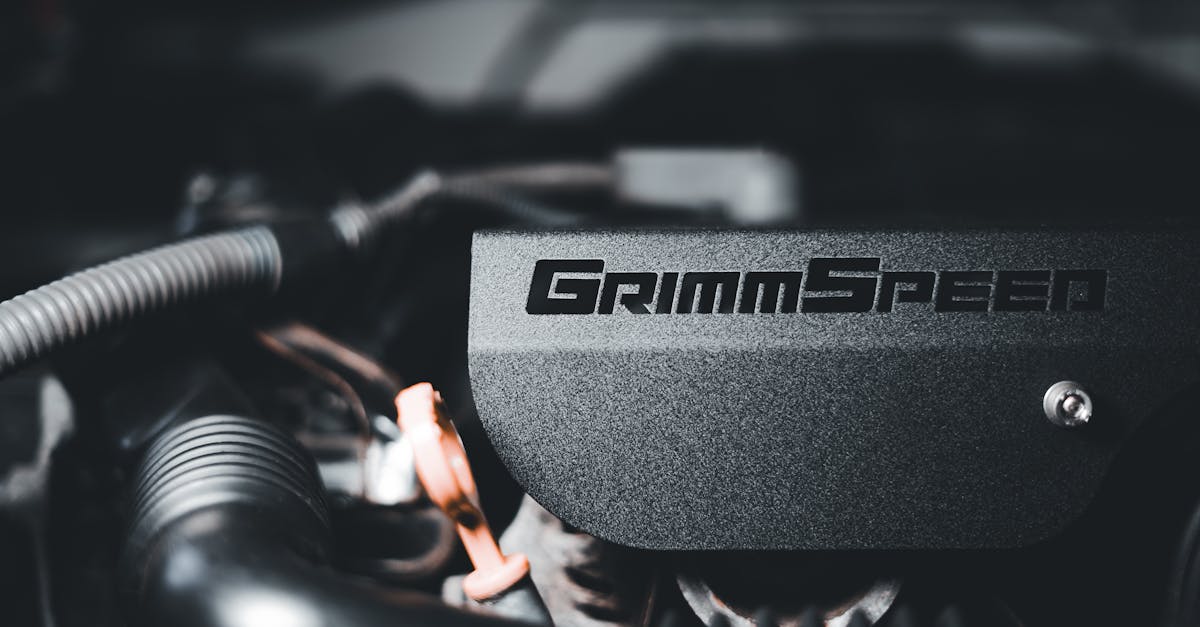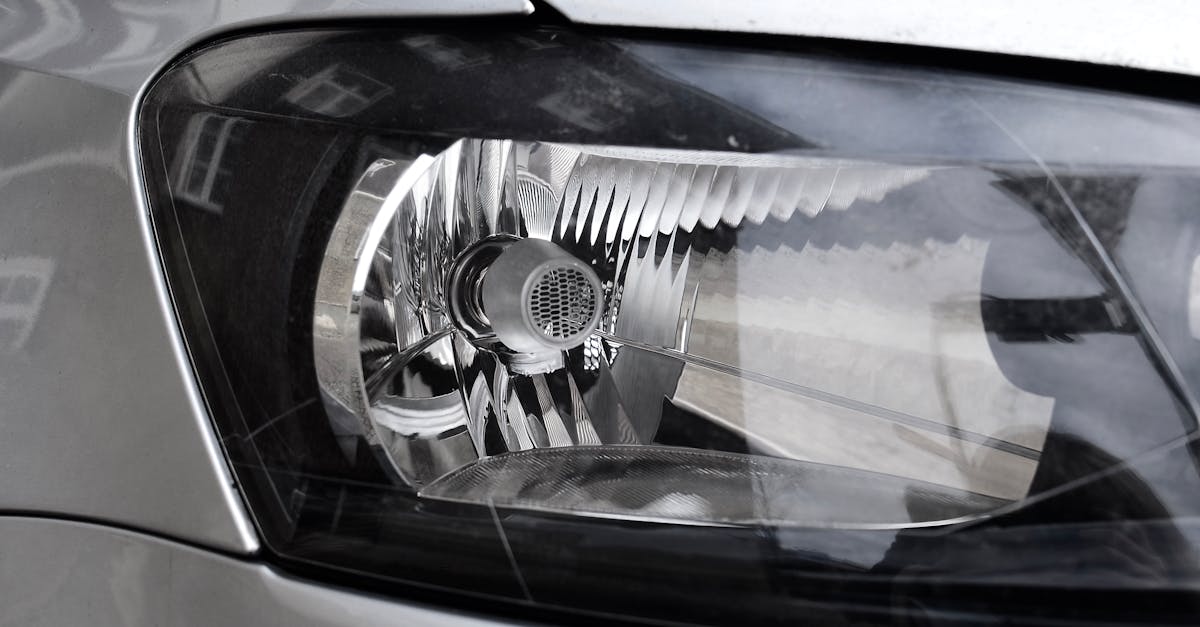How to Check Your Cars Oil Like A Pro
Introduction
Knowing how to check your car's oil is a fundamental skill every driver should possess. Besides ensuring your engine runs smoothly, regularly checking the oil can prevent severe damages and expensive repairs. This article will guide you through the process with step-by-step instructions.
Advertisement
Why Checking Oil is Important
Oil is essential for lubricating and cooling the engine components, reducing friction, and preventing wear and tear. Over time, oil degrades and becomes less effective, necessitating regular checks. Failing to maintain proper oil levels can lead to engine overheating and ultimately costly repairs or replacements.
Advertisement
Prepare Your Car for the Check
Ensure your car is on a stable and level surface to get an accurate reading. It's best to check the oil when the engine is cool, so wait about 10-15 minutes after driving before proceeding. Make sure the car is in park mode with the handbrake engaged to avoid any accidents.
Advertisement
Locate the Oil Dipstick
Pop the car hood and safely prop it open. The oil dipstick is usually a brightly colored or labeled hook or ring located on or near the engine. Consult your car's manual if you're having trouble spotting it. Gently pull the dipstick from its tube for the next steps.
Advertisement
Clean and Insert the Dipstick
Using a clean cloth or paper towel, wipe off any existing oil from the dipstick. This is crucial for obtaining a precise reading. Once it's clean, reinsert the dipstick fully back into the tube. Allow it a few seconds to settle and pull it out again.
Advertisement
Reading the Oil Level
At the tip of the dipstick, there are markings or lines indicating the oil level, such as 'Full' and 'Add'. The oil should ideally sit between these markers. If the oil level is below the 'Add' mark, additional oil is necessary for optimal function.
Advertisement
Check the Oil's Condition
As you pull the dipstick out, take a close look at the oil's color and consistency. Fresh oil is often amber or light brown, while dark or gritty oil may indicate it's time for an oil change. Cloudy or milky oil can signal issues like coolant mixing, necessitating a mechanic's review.
Advertisement
Adding Oil to the Engine
If you need to top up the oil, always use the type recommended in your car's manual. Open the oil filler cap, usually located near the dipstick, and pour the oil slowly using a funnel to prevent spillage. Periodically check the dipstick again to ensure correct levels.
Advertisement
When To Seek Professional Help
If you're frequently adding oil or noticing significant changes in the oil's appearance, it might indicate a leak or internal engine problem. Consulting with a professional mechanic can help diagnose and address any underlying issues effectively.
Advertisement
Conclusion
Regular oil checks are a simple yet vital maintenance task to extend your car's lifespan. Timely inspections and appropriate actions can prevent potential engine problems. By following these steps, you're safeguarding your vehicle's health and enhancing its performance.
Advertisement


